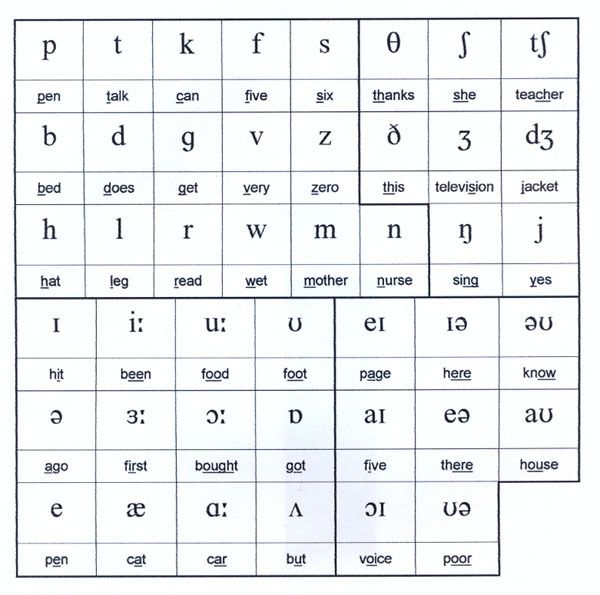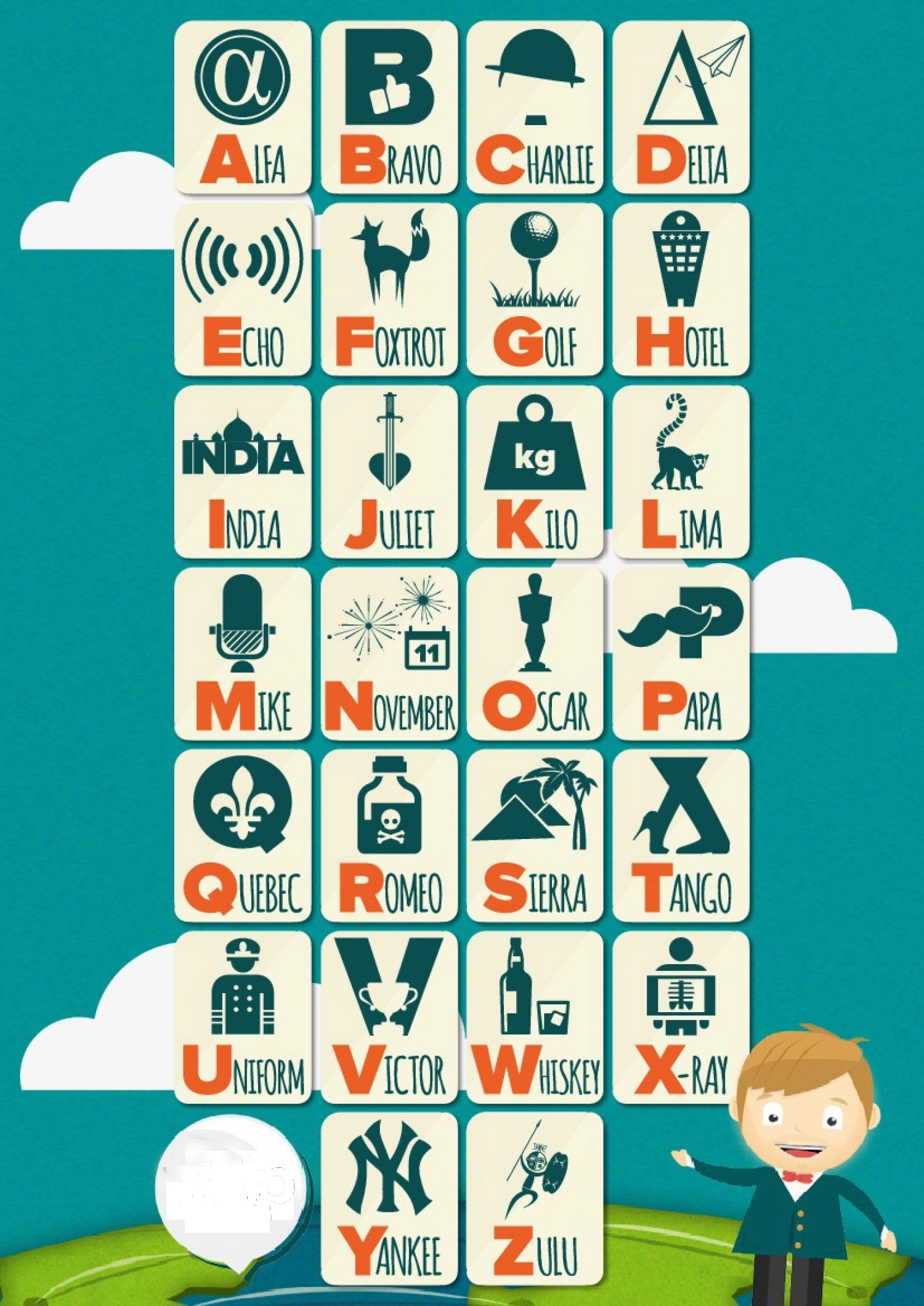
It’s also vital in the medical field, where the correct pronunciation and recording of transmitted information can save lives, and has become part of everyday life for law enforcement officials, bankers, traders and utility companies. Of course, the NATO phonetic alphabet is used by airlines to accurately record passenger name records.
INTERNATIONAL SPELLING ALPHABET SERIAL NUMBERS
It’s widely used for the same reasons in information technology, when staff work with serial numbers and reference codes which can easily involve 18 or more digits. Even the retail industry employs the NATO alphabet in its operations to confirm customer and site details over the phone especially when needing to authorise a credit agreement or confirm stock codes, when a wrong letter or digit here or there can cost a retailer many thousands of pounds in losses. The military continued to utilise the phonetic alphabet post-World War II and its use by civilian organizations has also increased exponentially. These organisations included the International Commission for Air Navigation (ICAN), predecessor of the international Civil Aviation Organization (ICAO) the CCIR, predecessor of the International Telecommunication Union (ITU) the International Maritime Organization (IMO) the United States Federal Government the Federal Aviation Administration (FAA) the International Amateur Radio Union (IARU) the American Radio Relay League (ARRL) the Association of Public-Safety Communications Officials-International (APCO) and many military organizations like the North Atlantic Treaty Organization (NATO) and the now-defunct Southeast Asia Treaty Organization (SEATO). Spelling alphabets were created before World War I in response to advances in voice-supportive two-way radio, to improve communication on low-quality and long-distance telephone circuits.īetween 19, the first non-military international spelling alphabet was developed and adopted by several organisations, who then made changes based on their experiences. Portrait of young nato soldier holding a radio station This is why the NATO phonetic alphabet was created, initially for military use but now also utilised in many areas of civilian life. And based on your personal everyday experiences, your brain is more likely to pick “a bathroom on your right†as having practical relevance for you than “a bad moon on the riseâ€.Ī simple case of misheard lyrics can be funny, but what about a pilot mishearing the map grid of a rescue extraction point? Just one wrong letter or number could cost lives. Miss even the last syllable of a word and this part your brain will subconsciously complete the sentence for you. The part of your brain that’s to blame is the angular gyrus, which uses all your gathered knowledge to fill in unclear, nonsensical phrases with predictable words. This happens when we don’t hear words or phrases clearly and our brain jumps in to help us by putting together words or phrases from our vocabulary that sound most like the not-so-clear words or phrases. There’s an official word for this grammatical phenomenon – oronyms. Note: The syllables printed in capital letters are to be stressed.You’re not alone in mangling your favorite songs. We always want to use this phonetic alphabet to achieve clear communication and demonstrate our professionalism. This alphabet is recognized by the International Civil Aviation Organization (ICAO), Federal Aviation Administration (FAA), International Telecommunication Union (ITU), and NATO as the standard for aircraft communications and radio communications. This system of spelling letters is used around the world by maritime units, aircraft, amateur radio operators, and the military. Using the phonetic alphabet, " Delta" and " Bravo" can be easily distinguished.


For instance, some letters that can easily be confused are "D" and "B". By using a word for each letter there is less chance that the person listening will confuse letters. The Phonetic Alphabet is used to spell out letters in place of just saying the letter itself.


 0 kommentar(er)
0 kommentar(er)
